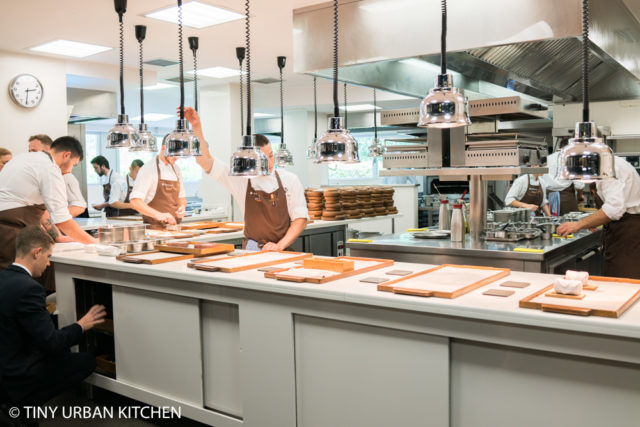
This is part 8 of the series on San Sebastian, Girona, and Barcelona, Spain. Other parts of this series (as they become available) can be found at this link.
Dining at Mugaritz San Sebastian was unlike any restaurant experience I’ve ever had. After all, it is not so much about creating a fantastic gustatory experience. It’s a thought-provoking, mind-bending, fascinating exploration of food, wine, and the intricate interplay between the two.
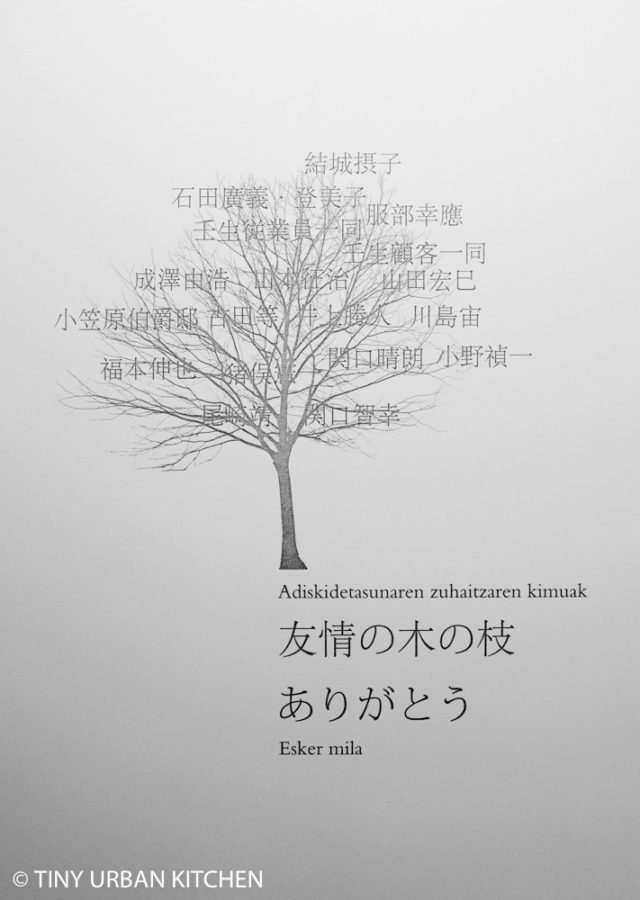
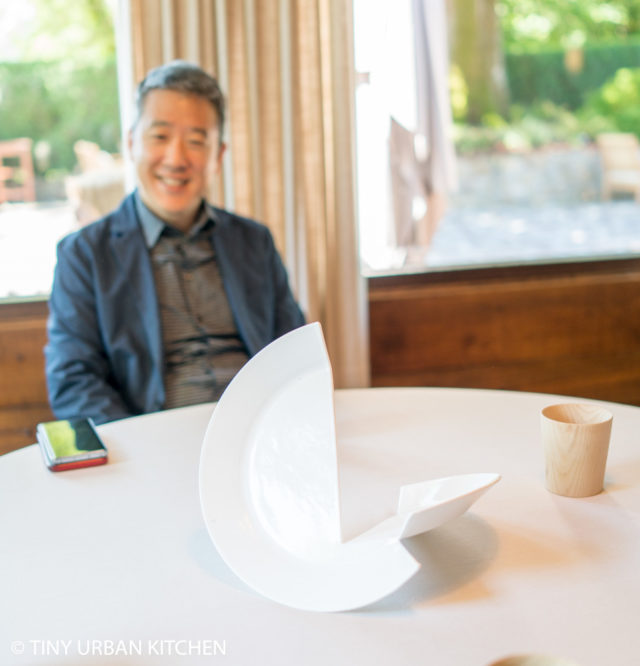
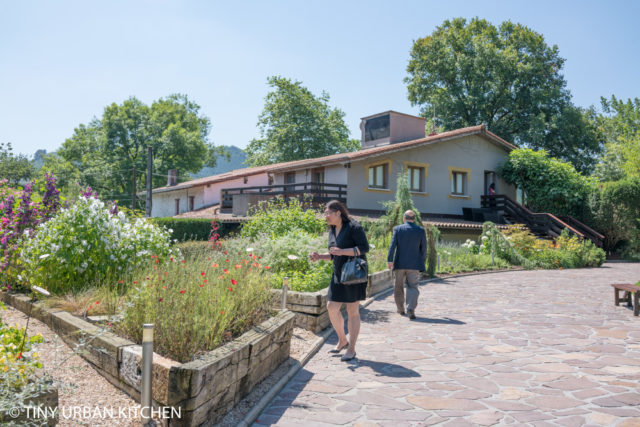
Garden outside of Mugaritz San Sebastian
Chef Andoni Luis Adurizis, who previously worked at El Bulli, opened Mugaritz in 1998. Since then, he has devoted himself to continually pushing the boundaries of creativity, constantly studying, learning, and conducting research and development. In fact, Mugaritz closes for four months each year so that the team can focus on exploring, brainstorming, and creating.
Many say that to truly appreciate the brilliance of Mugaritz, you have to get the wine pairing, and I totally agree. At Mugaritz, the wine is not chosen to pair with the food, which often takes center stage. Instead, wine and food selection and pairing is done as a whole, or sometimes, the wine could even be chosen first.
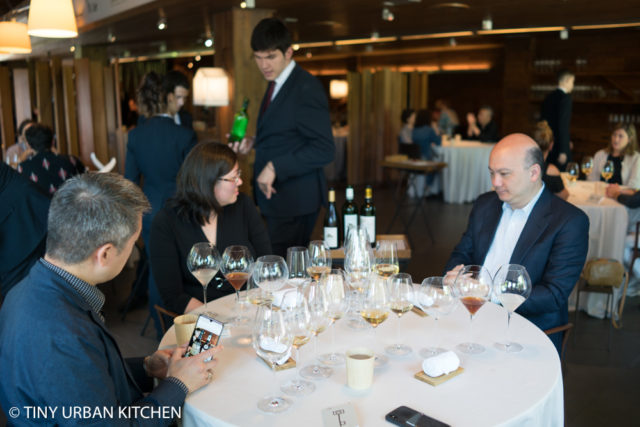
The wine pairings at Mugaritz are really at another level. Instead of just having one glass of wine that is paired with a dish, you might taste through a flight of five different vintages of the same wine to pair with one dish. It’s so interesting to experience how a wine changes over the years, even while paired with the exact same dish.
Reviews for Mugaritz are mixed. I can totally understand why it’s a polarizing restaurant. First of all, if you don’t get the wine pairing, I do think you are missing out on half the meal, since the pairings are so intricately tied to the food. (Having said that, the restaurant did tell us that the food selection changes if a customer does not order the pairing, since certain courses really don’t work without the wine).
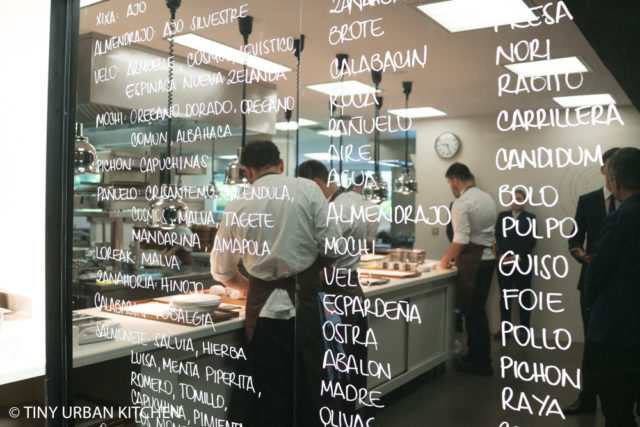
Second, a large part of what makes Mugaritz fun is how the menu creatively plays with expectations and how it surprises and delights along the way. If a diner is merely looking for foodgasms (for lack of a better word), Mugaritz is not that. There are some courses (which you will see later), which may not intrinsically taste that amazing, but they speak volumes about the relationship between a particular wine and the dish with which it is paired. Dining at Mugaritz is not just a taste experience, it is as much an intellectual and thought-provoking experience.
Which is not to say that the food isn’t good. The food is impeccably presented and flavors are dialed in with precision. It’s clear that every element of every dish has a purpose, and it’s fun to explore that purpose. There were many, many dishes that we thought were transcendent. All in all, every single diner in our party absolutely loved the restaurant. In fact, it was all of our favorite restaurant of the entire trip . . . yes, even more than its 3-Michelin starred neighbors who score more highly on World’s 50 Best. Who knows, perhaps we are true food academics at heart and can totally appreciate Mugaritz and his team’s serious study into food and its component flavors, often down to the molecular level (which this former chemist loves!).
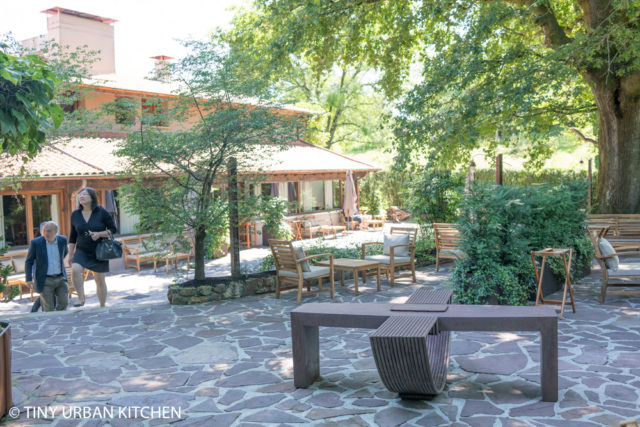
Mugaritz is located in a gorgeous farmhouse outside of San Sebastien. There is a beautiful garden out front full of all different types of herbs, flowers, and greens. Walking around the garden brought me back to the time we were at the French Laundry in Napa, where you can also explore the restaurant’s garden.
We began with an exploration of that garden’s bounty that day paired with a super local Spanish wine, 2018 Bengoetxe Getariako Txakolina, a local white acidic wine that’s naturally sparkling made in the nearby fishing villages of Getaria and Zarautz.
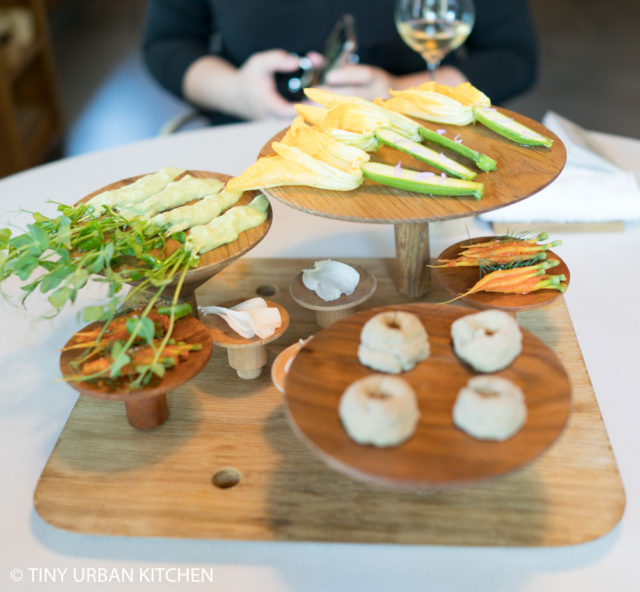
An elaborate set of mini wooden tables displayed the “crops” we were to enjoy. Real baby carrots came in cute bundles with "adult" carrot purée plus sea salt. This dish needed nothing more. The natural, intense flavors of the carrots with just a dash of sea salt was perfect.
Zucchini with zucchini flower was beautiful and more unusual for the experience of eating both together than the actual flavors, which were quite light. I’m still not used to eating flowers as a vegetable, so eating individual flower petals with sake in the middle was interesting, though I couldn’t really taste the sake.
Avocado “volcanos” were filled with black pepper water and fun to eat. Sprouting pea tendrils “wrapped” in a light, creamy sauce were a bit hard to maneuver, but refreshing and light.
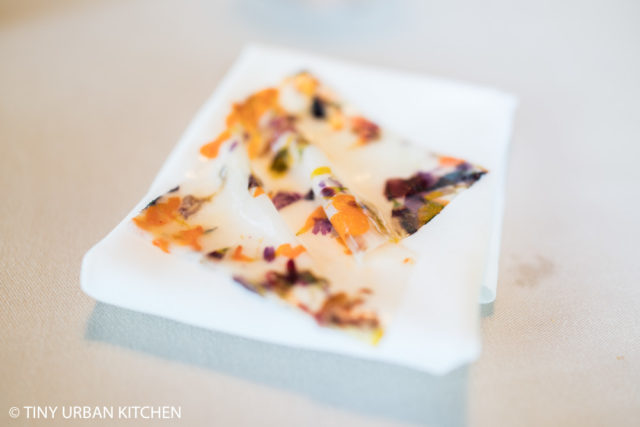
Squid napkin was a curiosity and befuddled the imagination. How did they make it? A delicate, paper-thin sheet embedded with flowers tasted just like squid and had a texture that was reminiscent of squid, though we were told this was not just thinly sliced squid. Fascinating.
We enjoyed this with a white Spanish wine called Vertiente Norte Listán Blanco from the region Conca de Barberà.
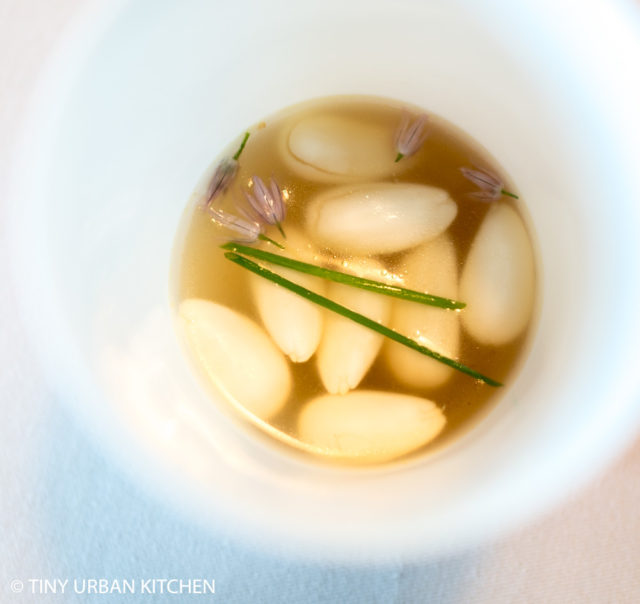
“Garlic Soup” tasted phenomenal, yet the white pieces of “garlic” threw us off. Were those really pieces of garlic . . . or Spanish almonds? Our table actually got into a debate and couldn’t agree. 😂 They looked like almonds, were crunchy like raw garlic, and the soup tasted like garlic.
The next course looked like ravioli, but was actually sous-vide leeks topped with royal leeks. The flavors were exquisite and the texture super soft, almost melt-in-your-mouth leeks. It was paired with a 2017 Sauvignon Quarz Alto Adige Terlano DOC.
The second one was lobster with shrimp flavored “red sauce” topped with caviar, was inspired by the differences in the ways that Europeans and Americans eat seafood. Our server told us that Europeans tend to enjoy the natural flavors of the seafood while Americans often each shrimp with a deep, flavorful red sauce (maybe like shrimp cocktail sauce?). Their dish merged together these two concepts, pairing pairly poached, raw lobster with a deep, red sauce and caviar. It was quite good. This dish was paired with a champagne Grand Cru blanc de blanc from Jacques Selosse called Substance.
The next course consisted of a trio of flavors. A fantastic mushroom consomme, a charcoal grilled squid, and, surprisingly, the most flavorful and memorable bite of the dish, a 48-hour cooked onion sitting in this intensely flavored, sweet, deep, and umami-filled sauce. It was so, so, so good. This was paired with a French wine 2013 Clos Rougeard (Foucault) Saumur Blanc Brézé.
Next, two different sherries were paired with a dish consisting of grouper, grouper skin, and garlic chips. The thick sauce was full of collagen, having a viscous, deep rich flavor that came from the fish. All in all, an excellent dish that paired well with the sherry. The sherries were an old, old sherry (no longer in production) called La Ina from Pedro Domecq. The other was a newer sherry from Fino called Apitiv.

The pairing was just starting to get interesting. More and more glasses came out.
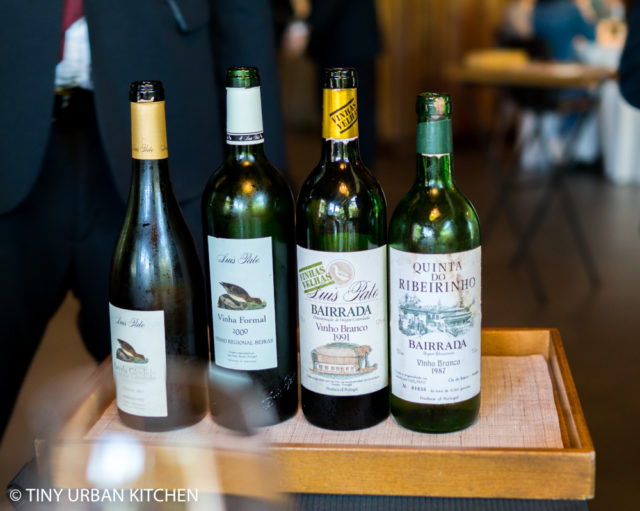
Next, we would taste four different Portuguese wines all from the same producer (Luis Pato) with our next course, tasting a sequence from 2015 (Parcela Cândido Vinha Formal), 2000 (Vinho Regional Beiras Vinhka Formal), 1991 (Bairrada Vinho Branco) and 1987 (Quinta do Riveironho Bairrada).
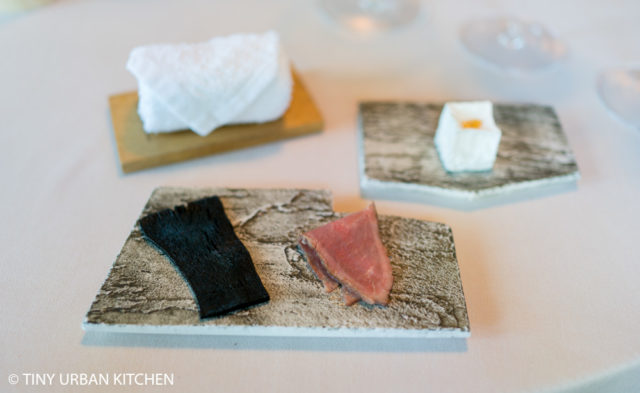
It was fascinating to taste through the different red wines by enjoying a piece of layered nori infused with pig fat (amazing flavor), a single slice of pork, and croqueta panethillion, a cube-shaped liquid filled cheese.
“Put out your hand” instructed the server. A paper cone filled with “crunchies” carrying a seafood flavor were poured into my open hands. We all stood there, hands holding this fragrant snack, for several minutes.
“Are they pouring wine with this?” asked one of the guests.
After several minutes, we figured there must not be a wine pairing with this intermediate “snack”, so we tentatively started munching on the crunchy bits, which were delicious and a bit addictive. We guessed we might be eating squid, but it was anyone’s guess.
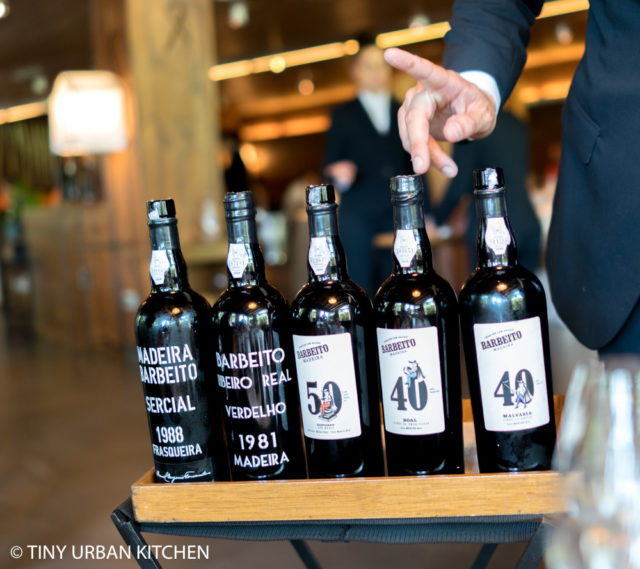
Next up was a tasting of FIVE different medeiras from 1988, 1981, and three that were over 40 or 50 years old (!).
These five were a 1988 Medeira BarbeitoFrasqueira, 1981 Barbeito Ribeiro Real Verdelho, two Barbeito Madeiras over 40 years old (BOAL vinho do Embaixador and MALVASIA vinho do Keitor) and one over 50 years old (BASTARDO Avo Mario).
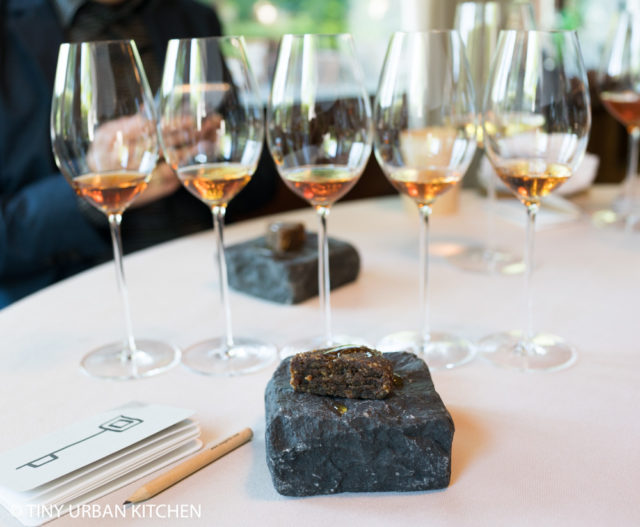
These were all meant to pair with a single “brownie” made from nutes, dates, and many other ingredients. It was sweet and seemed more dessert-like, inserted as a course seemingly more to showcase the different medeiras than as a stand-alone dish. It wasn’t until later that we learned that people who do not order a wine pairing get a modified version of the tasting menu, which totally makes sense. Some of these courses just wouldn’t work on their own.
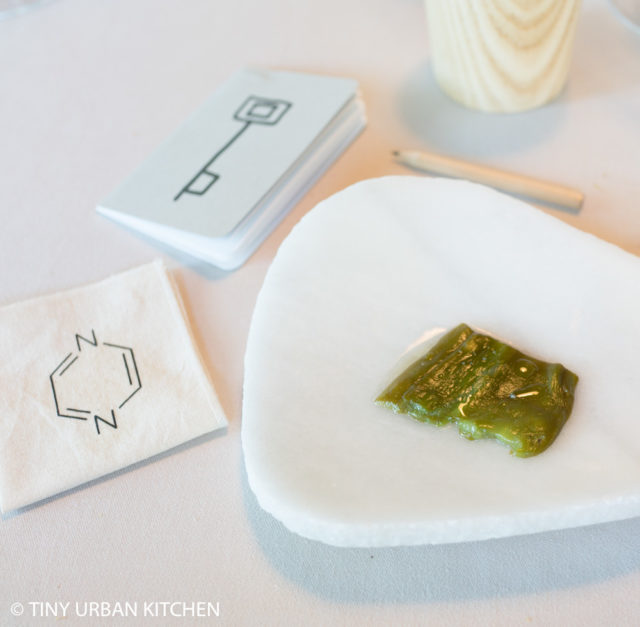
As a former chemist, I was intrigued and excited when the next course involved a single molecule. In fact, they brought over a napkin with the molecule printed on it (a “pyrazine”) and had us sniff it first to familiarize ourselves with that particular aromatic scent.
Next a single cooked green pepper, known to be strong in pyrazine notes, was placed on our plate.
Finally, three very well-known wines were placed in front of us. 1998 Opus One (Napa Valley California blend), 1999 Chateau Haut-Brion (France first growth Bordeaux), and 2012 Balnaves of Coonawarra The Tally (Australian Cabernet Sauvignon).
Interestingly, all three of these wines are known to have that distinctive “green pepper” note due to the presence of “pyrazines”, or more accurately, methoxypyrazines. These compounds are most often found in Bordeaux family grapes, such as Sauvignon blanc, Cabernet Franc, Cabernet Sauvignon, Merlot, and the like. Not all people like the pyrazine taste, and some are quite sensitive to it and do not enjoy it. In fact, wine raters like Robert Parker and James Suckling tend to rate wines higher if they don’t have the pyrazine taste.
Accordingly, it was interesting that Mugaritz decided to highlight this arguably undesirable note that tends to exists in this family of wines, and brought out some vintages from some of the world’s most famous wines to demonstrate this interesting pairing.
It was a fun exercise and really, really interesting. We had a lot of fun exploring each wine and its vegetal notes, which were definitely brought out when paired with the green pepper. My wine enthusiast friend thought it was a clever way to use “bad” vintages of really well-known wines.
The staff then invited us to enter the kitchen for a brief tour where we saw the efficiently-run, immaculate, and well-oiled machine that hummed along executing dish after dish.

They have a list of all the ingredients on a mirror on the wall. There’s no sense of urgency, rushing, or madness. The kitchen runs in a way that provides a sense of calm, purpose, and care.
After we sat back down, the server brought over an Italian wine called PIN from Monferrato Rosso. We enjoyed it with a delicious fish with a dark inky sauce and black squid ink “crunchies”.
Next up, twin sakes - a beautiful pink colored sake called CARO Rihaku and an golden one called Okunomatsu Tokubetsu Junmai Koshu. We enjoyed these two Asian spirits with an Asian seafood course, abalone cooked for a long period of time. It was denser and chewier than a typical abalone, but full of intense abalone flavor. It was very good.
Next up, we compared two Argentina malbecs from the same producer Zuccardi. A 2017 Concreto and a 2009 Q. We drank these malbecs with the most interesting pair of dishes.
The first was a “cake” that looked and cut like a cake, but was actually made of tendon and tasted just like tendon. It was so interesting and we had no idea how they made it.
The second dish was a vegetarian piece made to taste like meat. We were sooo impressed because the little vegetarian block was fantastic. It was so full of flavor, umami, and intensity. It tasted as good as meat but just with a slightly different texture. We were duly impressed.
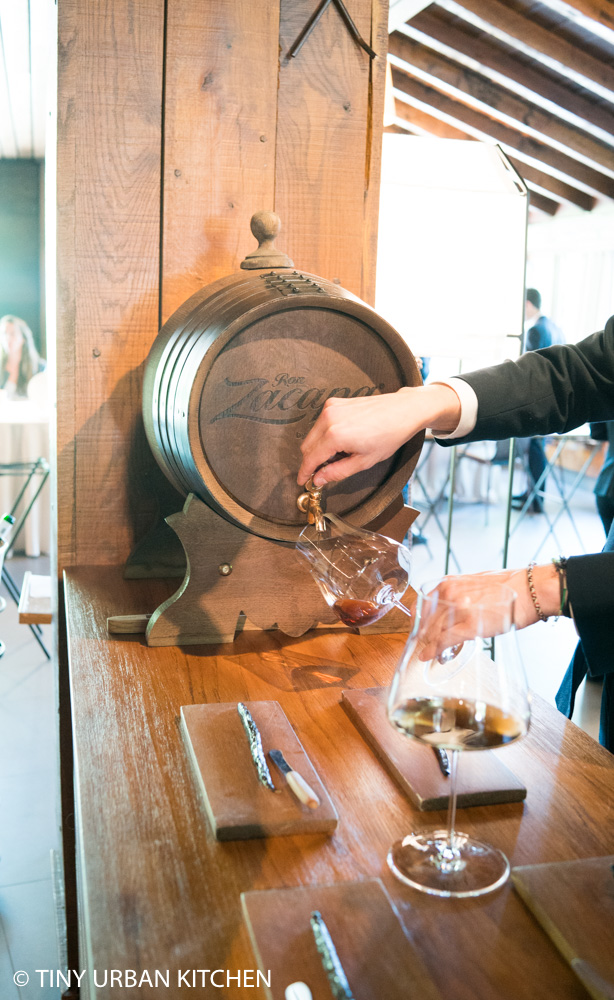
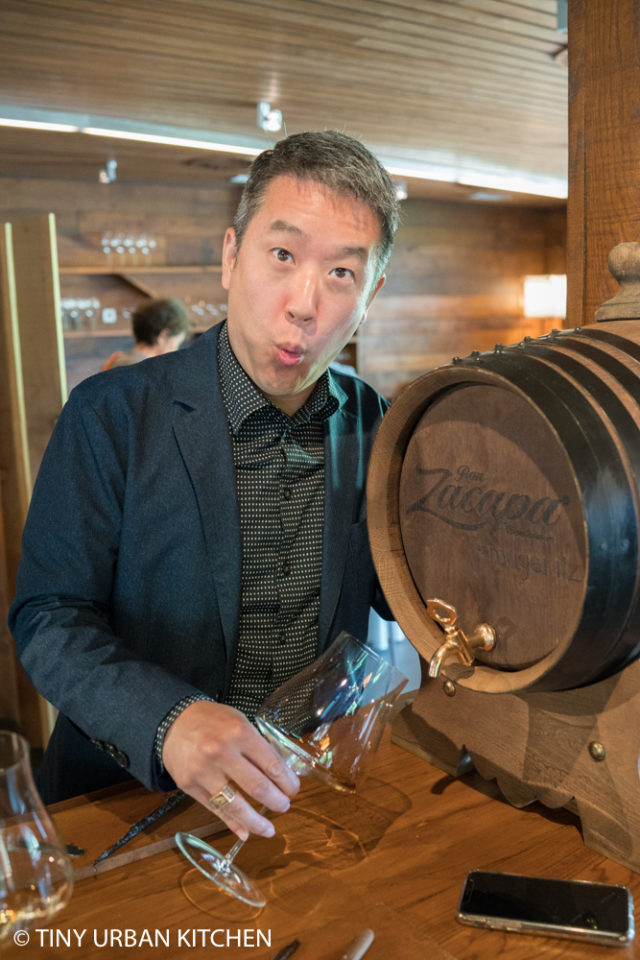
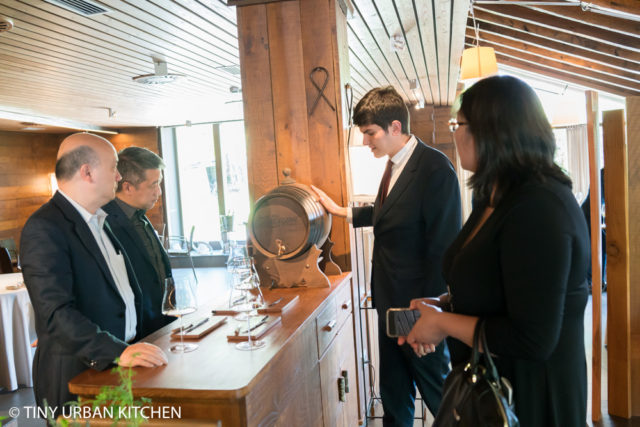
Rum Barrel at Mugaritz San Sebastian
Finally, they ushered us to a barrel in the middle of the table. As we stood around, our server explained to us that it was filled with Ron Zacapa rum and would pair with the vanilla pod dessert laid in front of us. We eat took our little knife-like tool and scraped out the vanilla-bean infused paste inside, which we ate together with the rum. How can you go wrong? Vanilla + rum was a beautiful combination.
Finally, they invited us to head out to their private patio where we could enjoy a variety of single-origin chocolates together with their pourover coffee. It was super fun to try all the different chocolates one at a time, from places like Tanzania, Colombia, Peru, India, and Bolivian Amazonia. It’s quite eye opening how many different types of flavors exist in chocolate once you a side by side tasting like what we did. It’s like wine . . . all different types of tasting notes.
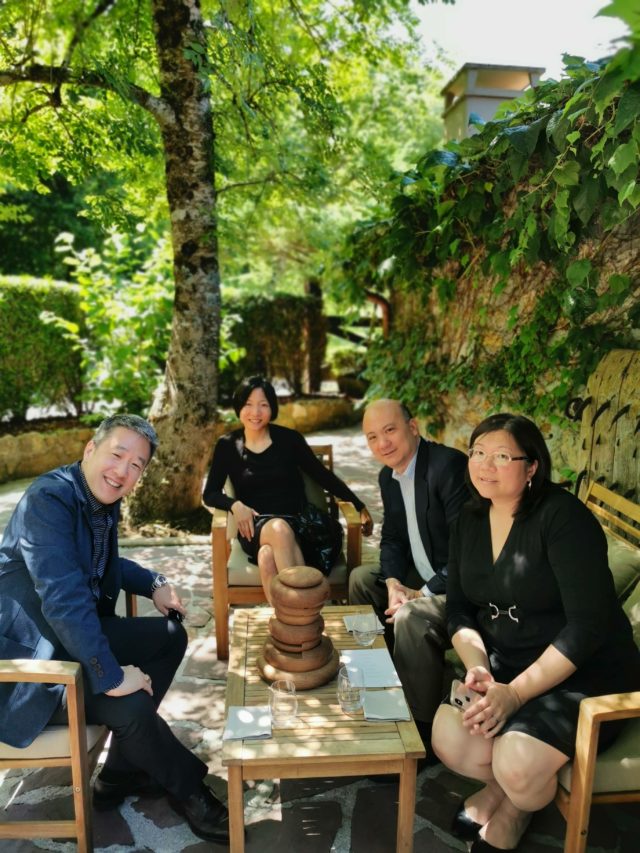
Patio at Mugaritz San Sebastian 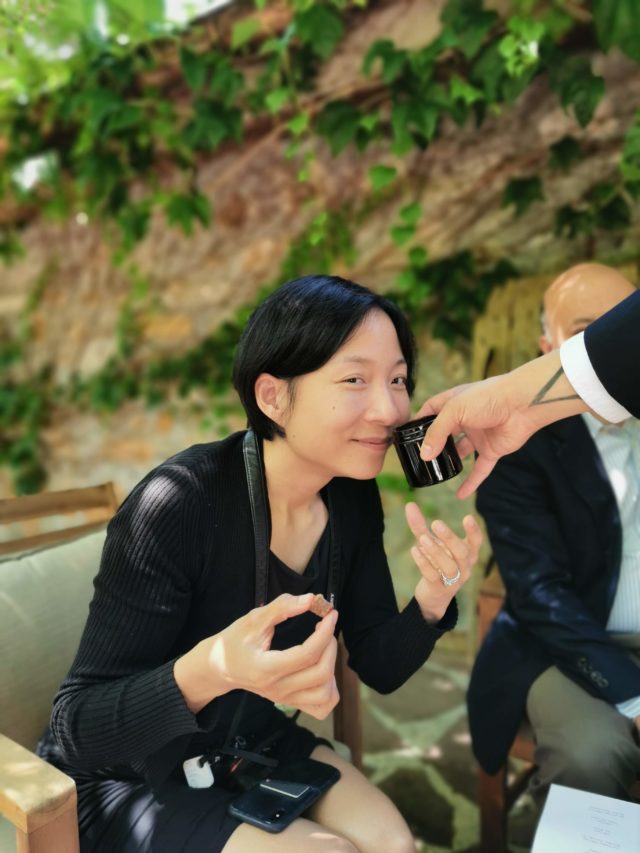
Smelling Coffee!
It was wonderfully relaxing to be able to sit out there on the patio for as long as we wanted. The weather was absolutely perfect that day, with temperate climate and clear blue skies. We sat there for quite some time, taking in the scene, enjoying the chocolate, and sipping on our coffee.
It was hard to leave, but we had been there for many, many hours. It was an unforgettable experience, one that we will not soon forget.

What made dining at Mugaritz really special was the obvious amount of thought and planning that went into the whole meal. They say they close for four months of the year during the winter months to refresh, plan, and brainstorm about food, wine, and the interplay between the two. It really shows.
Their tasting menu was much, much more sophisticated than any that I’ve ever had. The exploration of food was fascinating and the dishes were delicious at the same time. They did not sacrifice enjoyment of the food for the sake of curiosity and academic exploration. They were able to do both and create a simply unforgettable experience. In fact, after the whole trip was over, all of us rated this restaurant as our number one favorite experience of the entire trip.
Mugaritz San Sebastian
Aldura Aldea, 20, 20100
Errenteria, Gipuzkoa












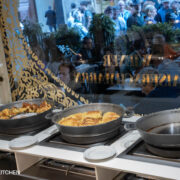

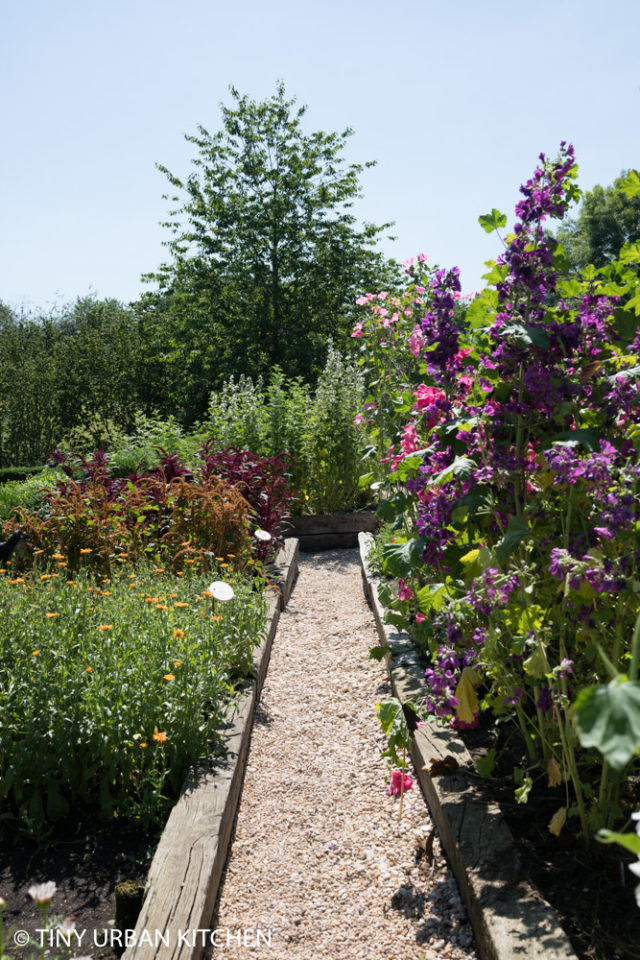
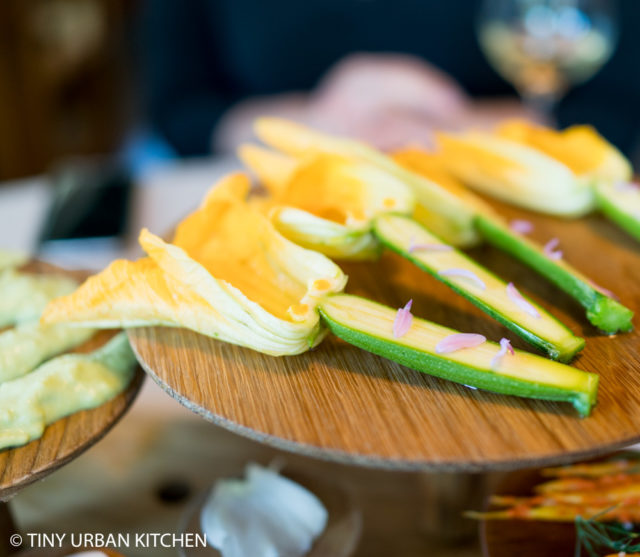
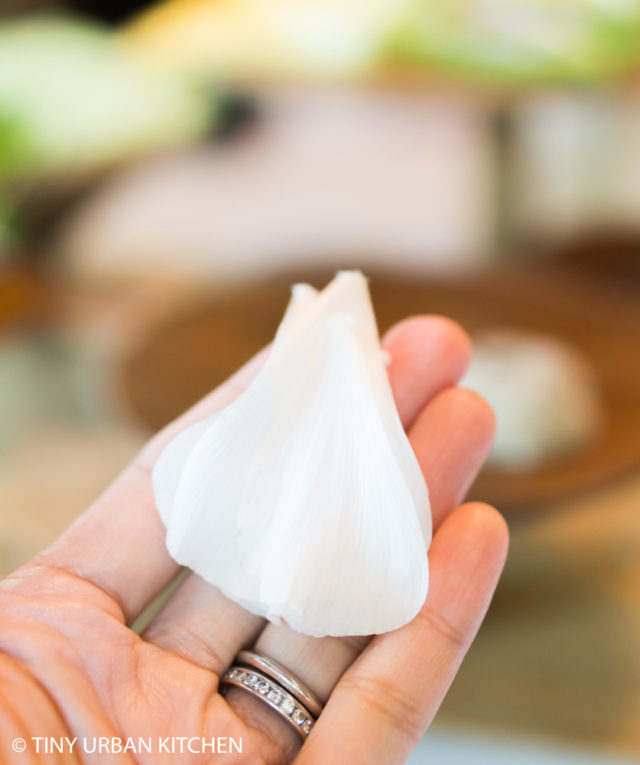
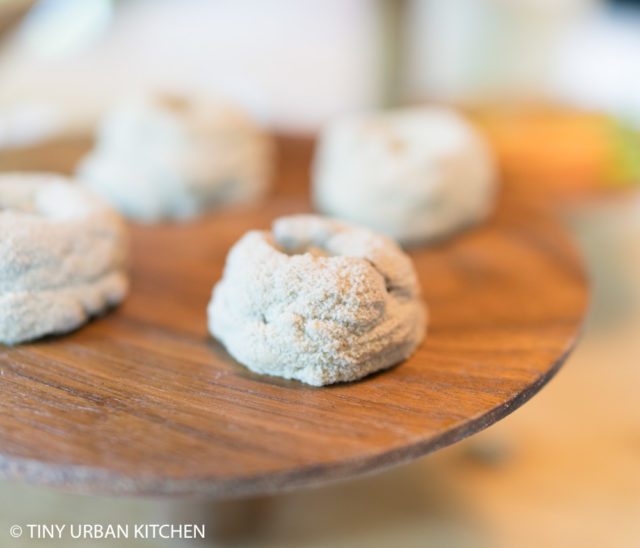
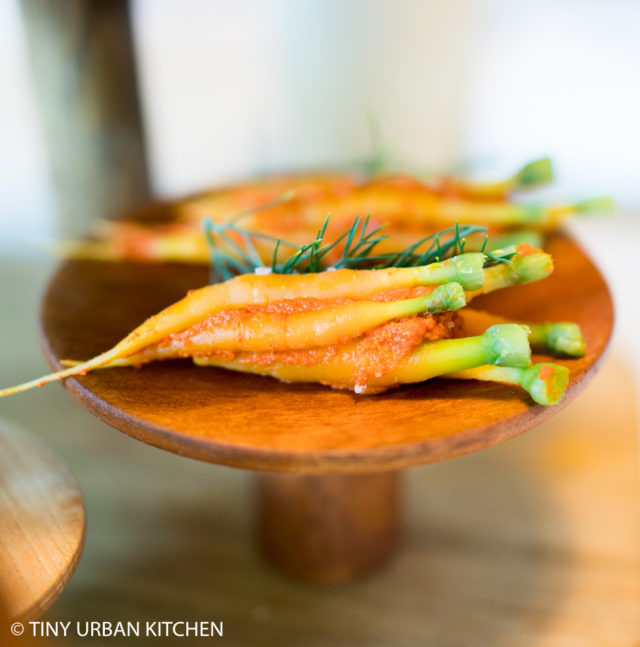
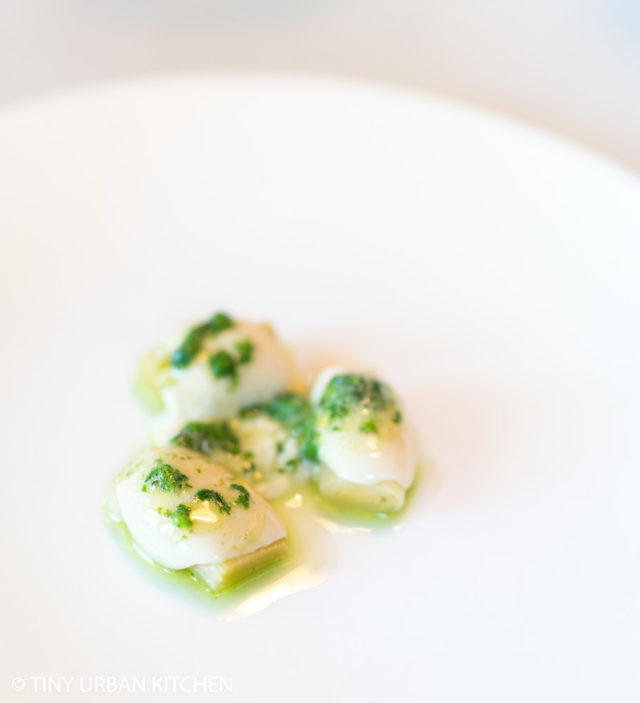
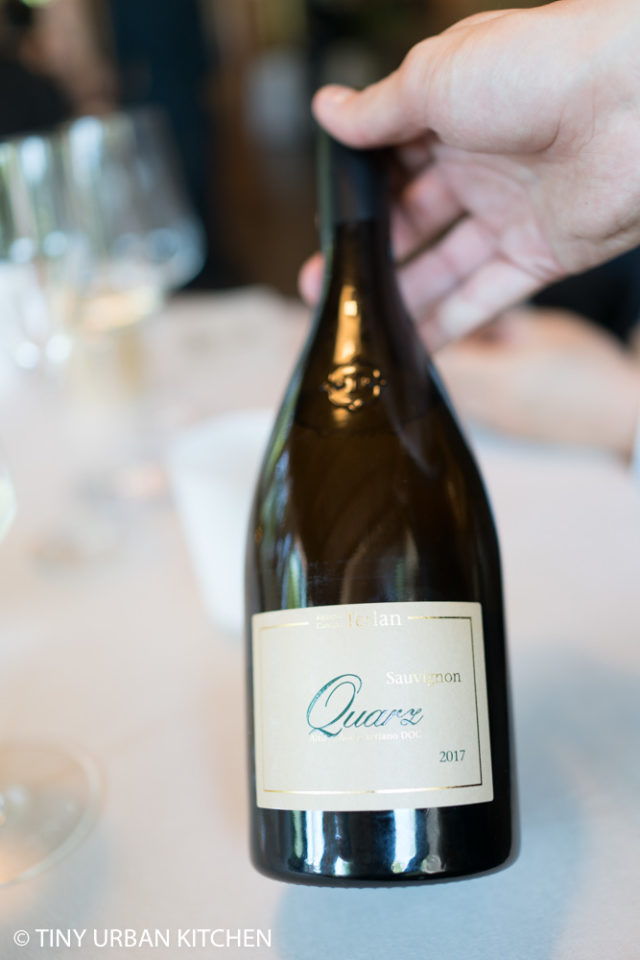
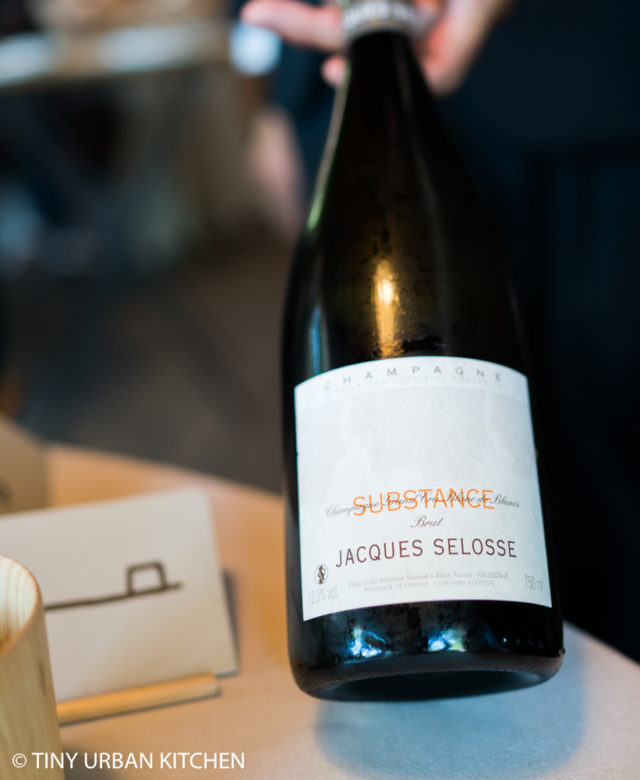
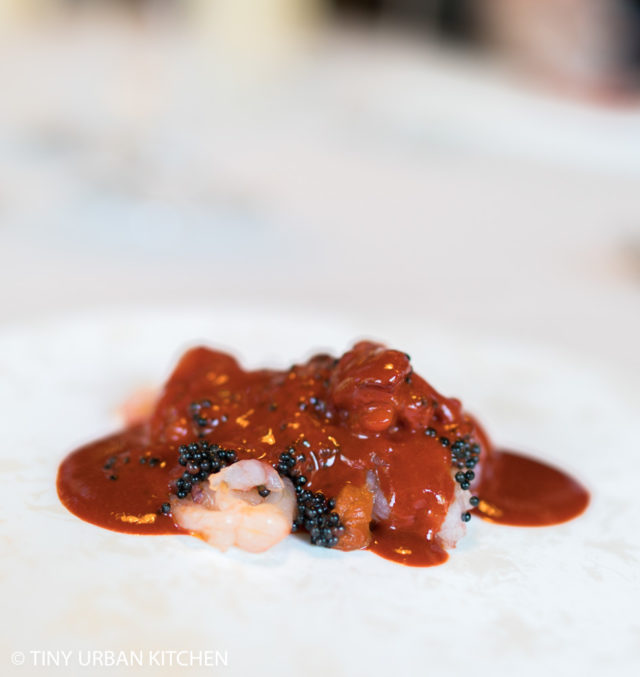
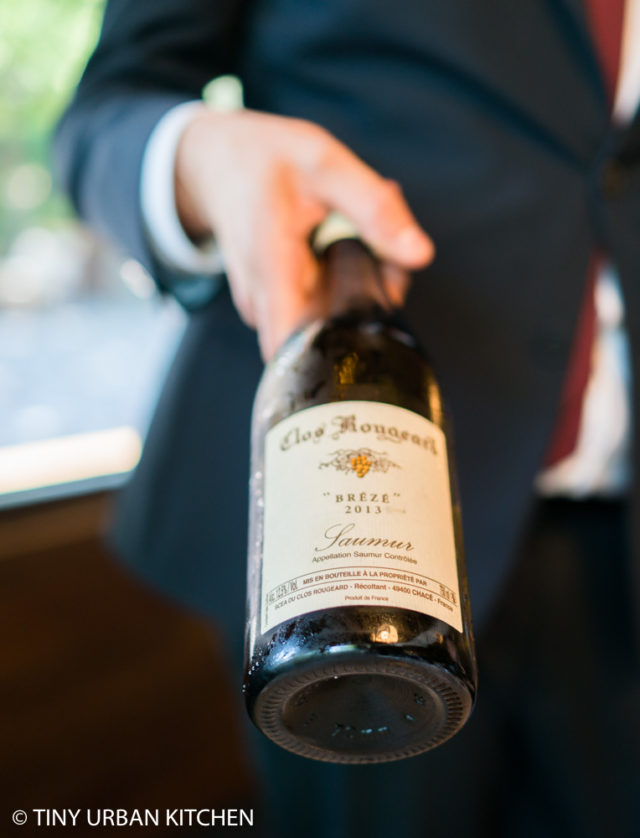
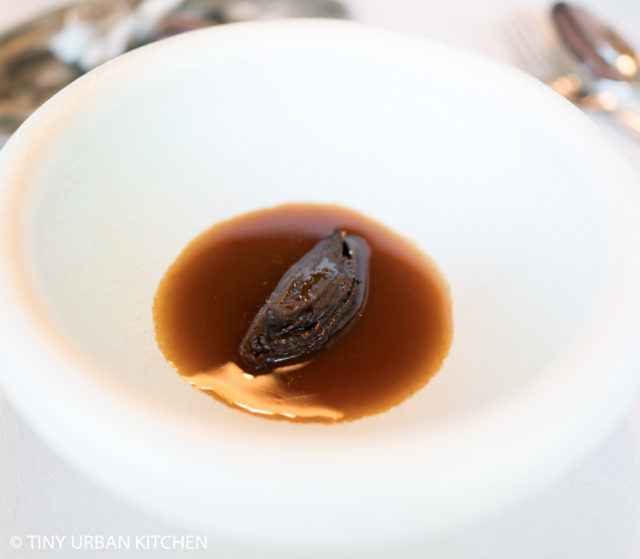
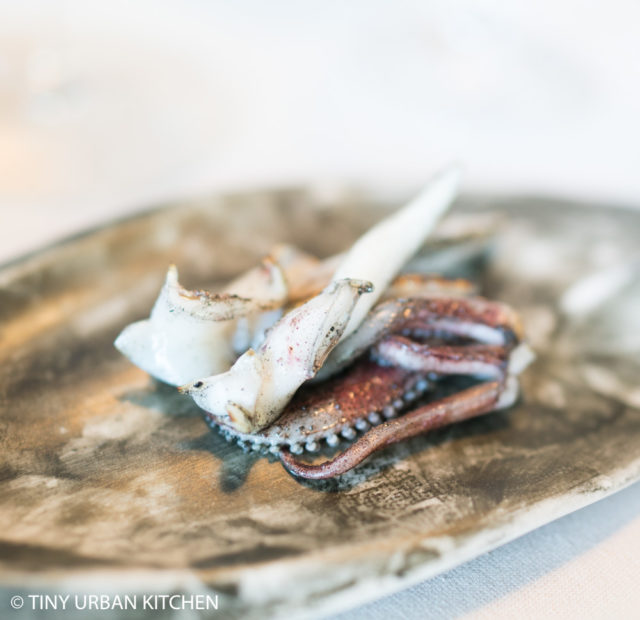
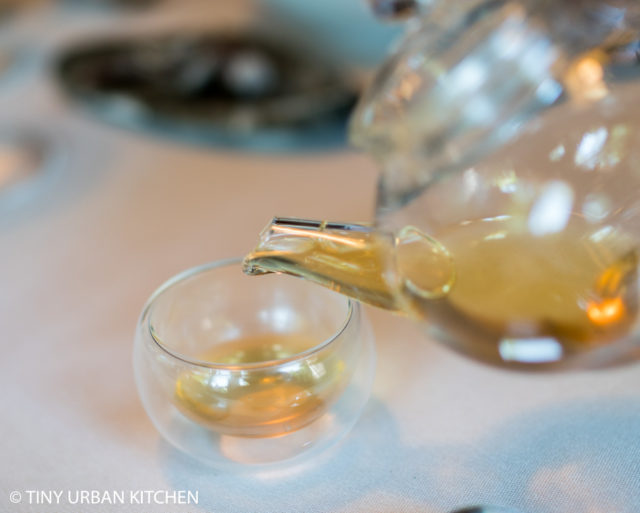
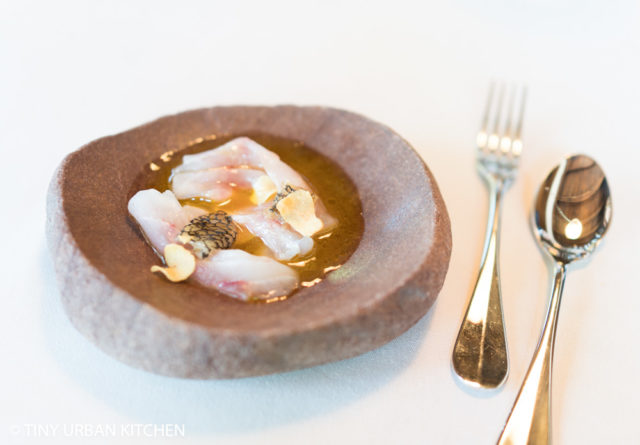
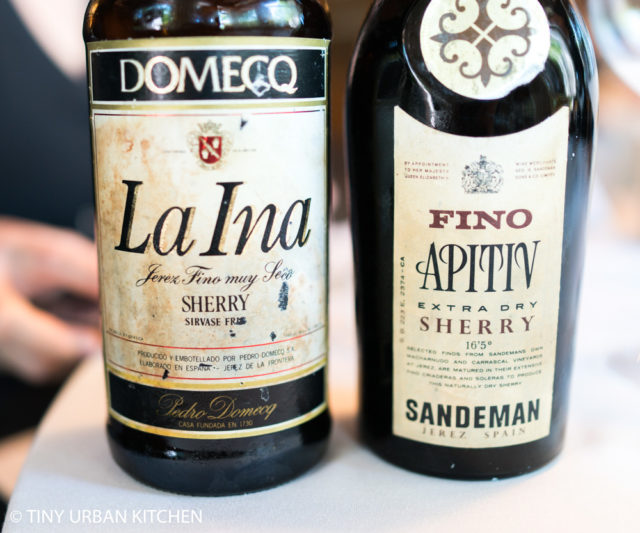
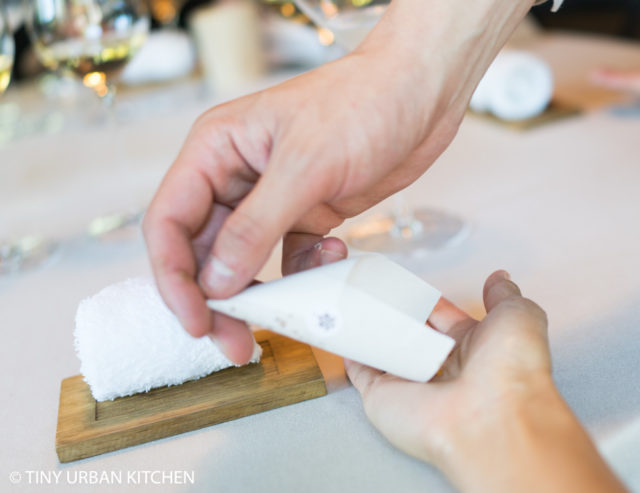
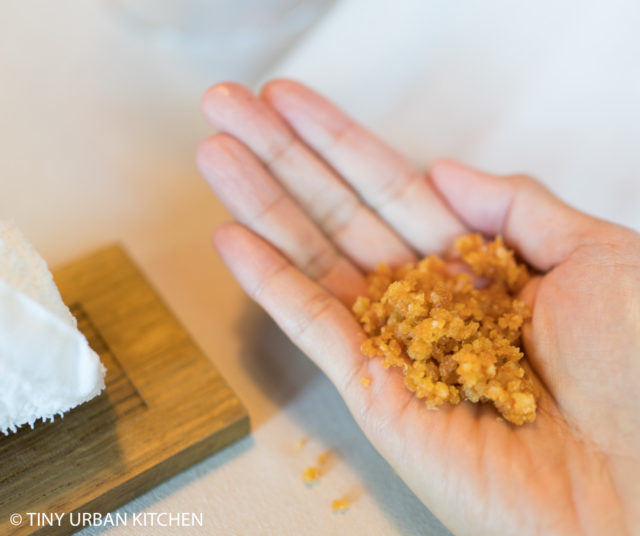
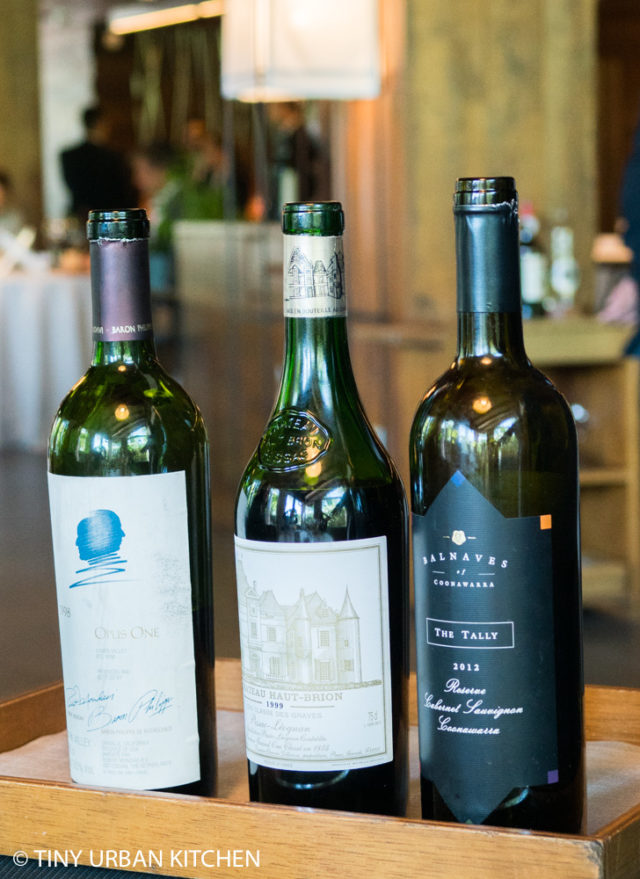
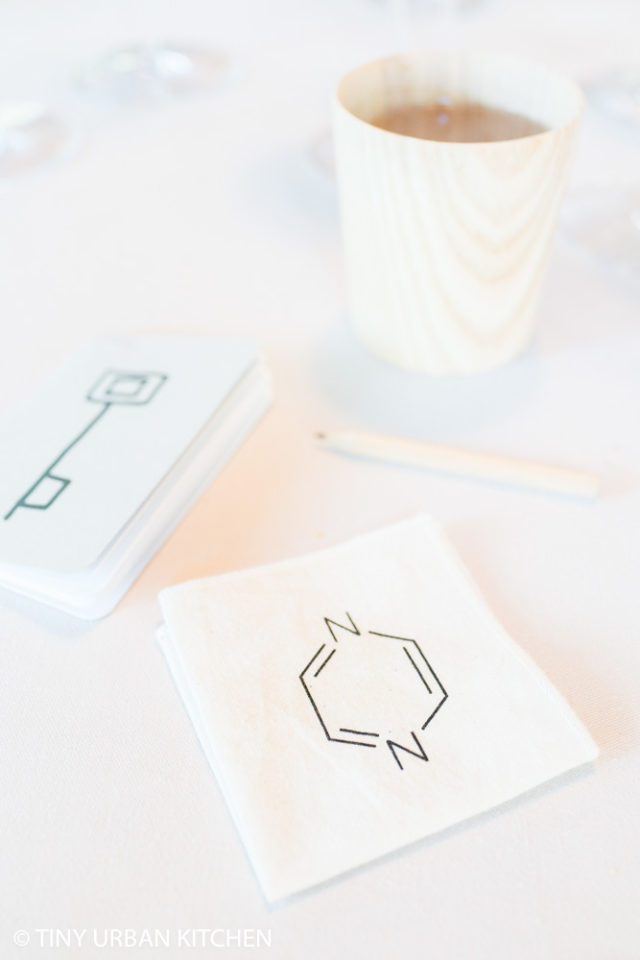
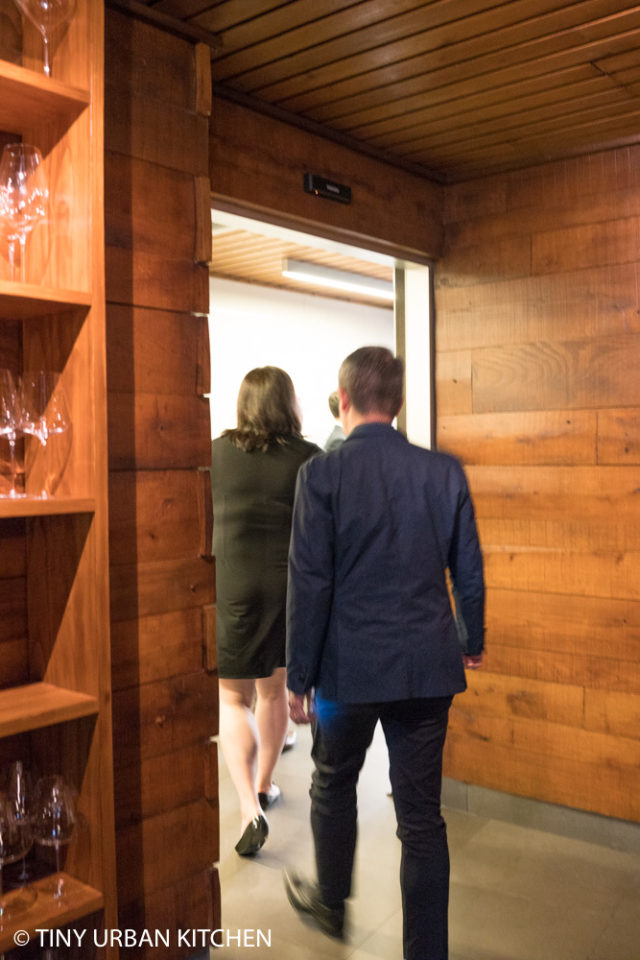
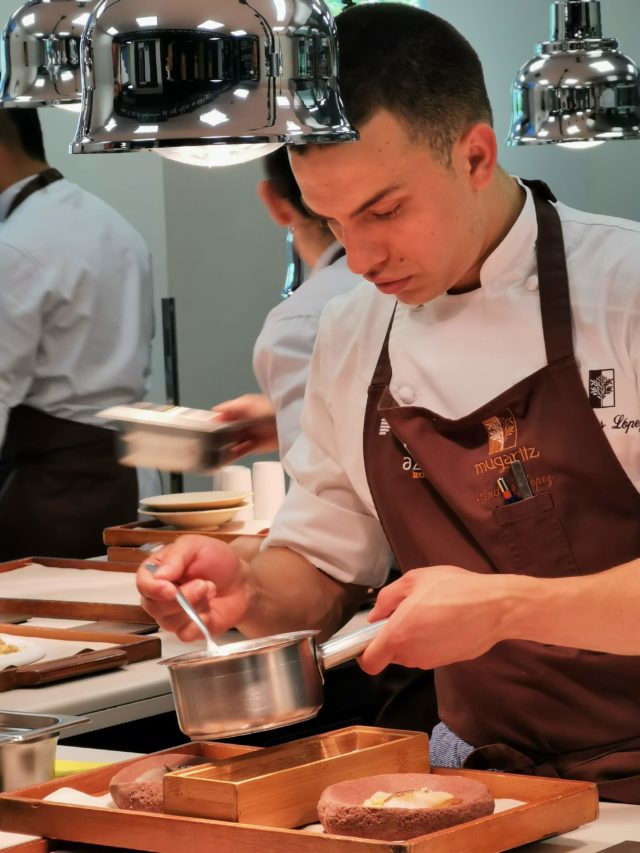
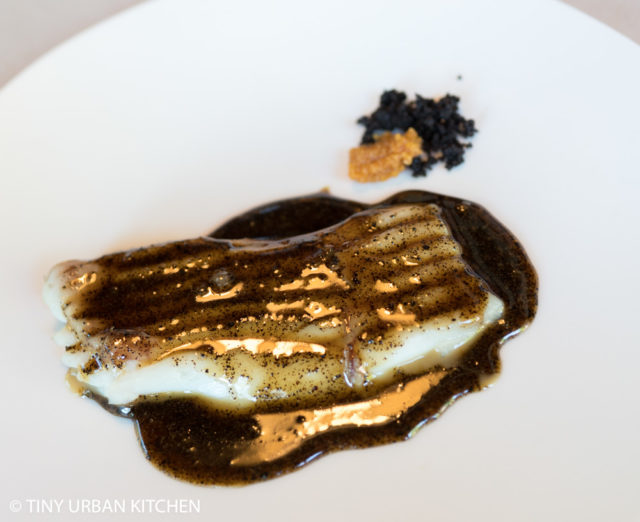
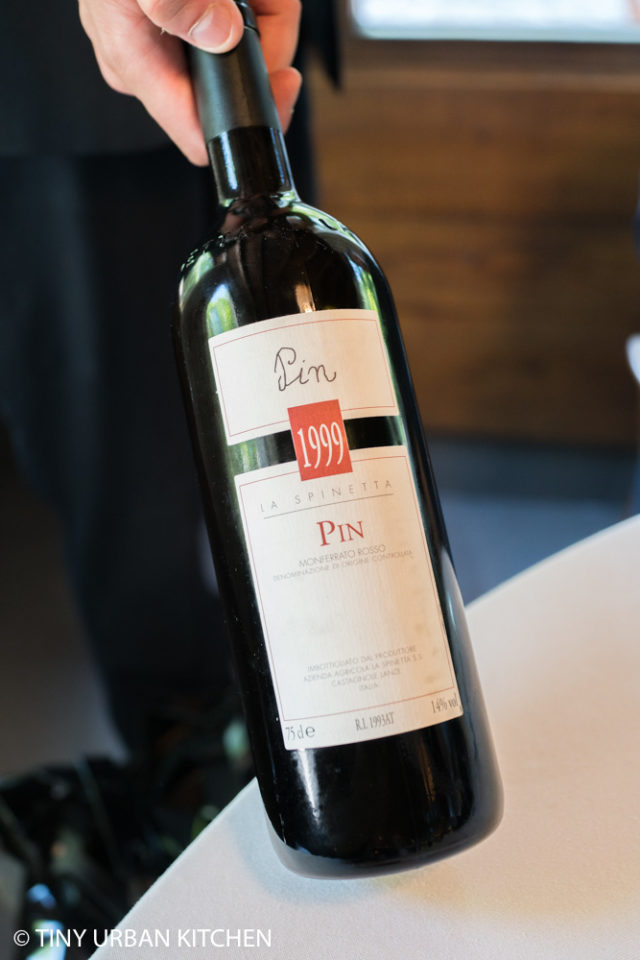
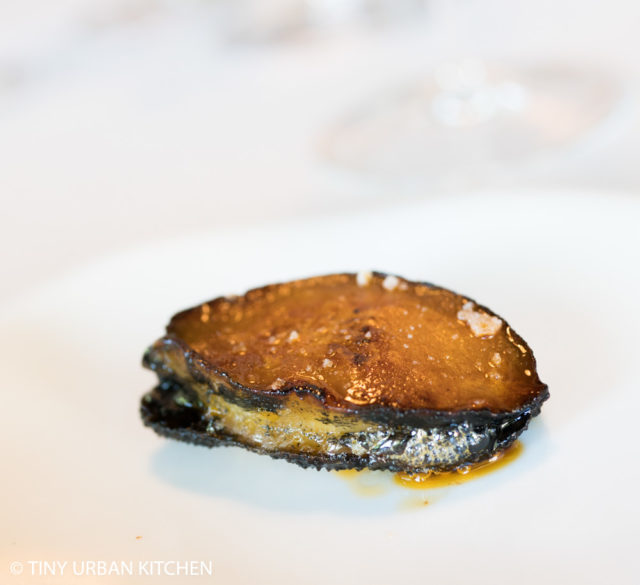
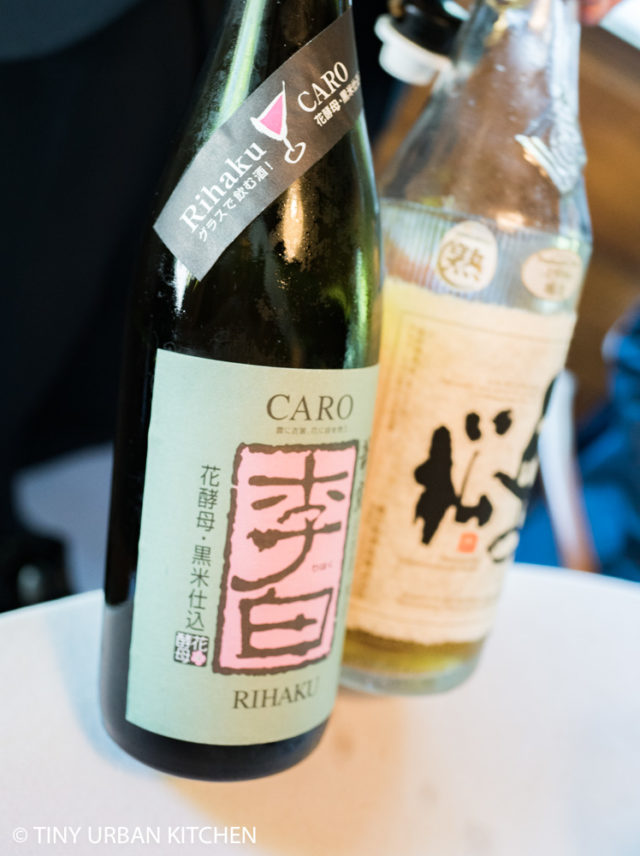
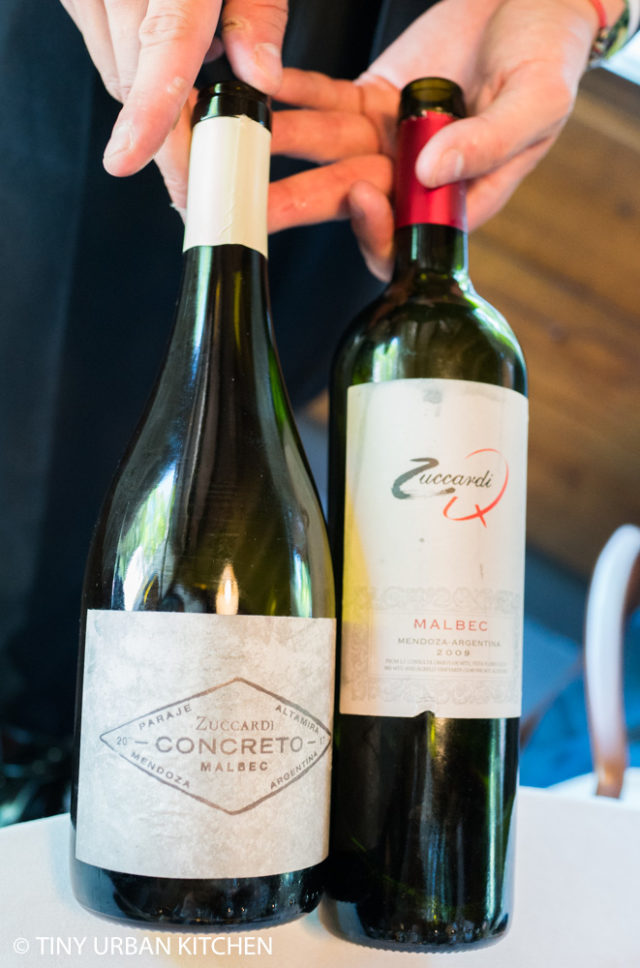
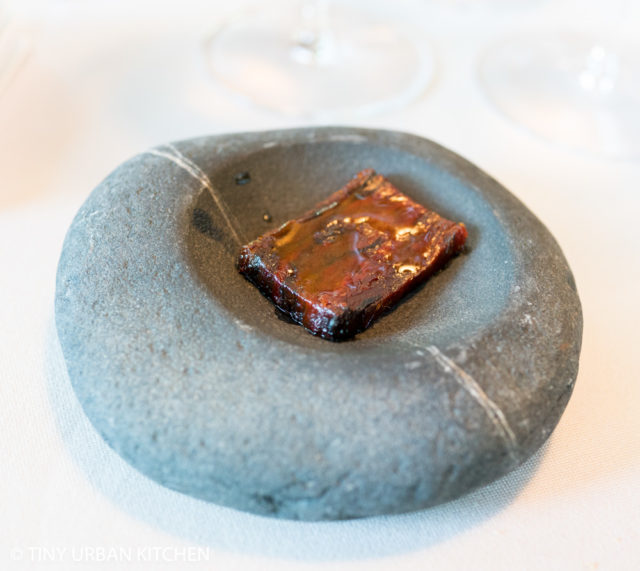
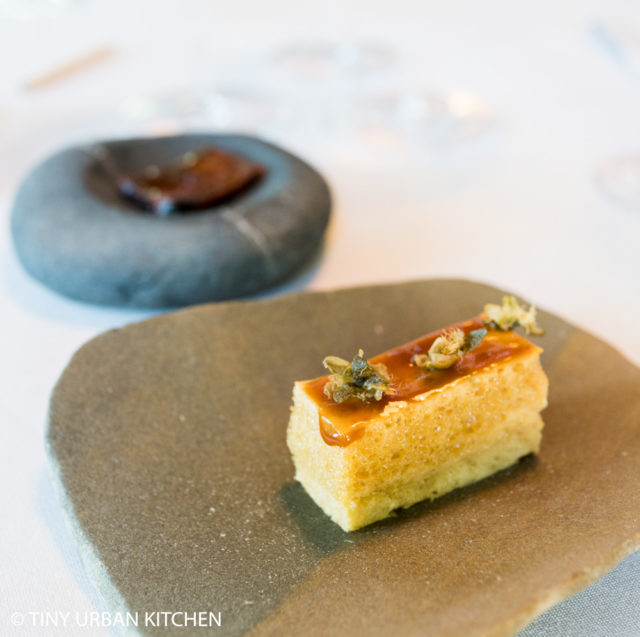
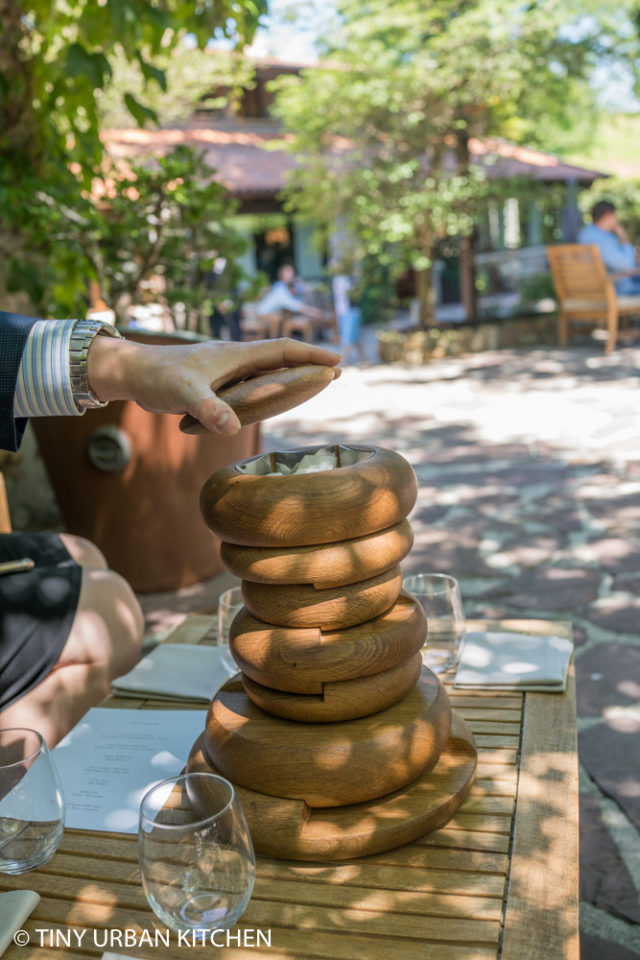
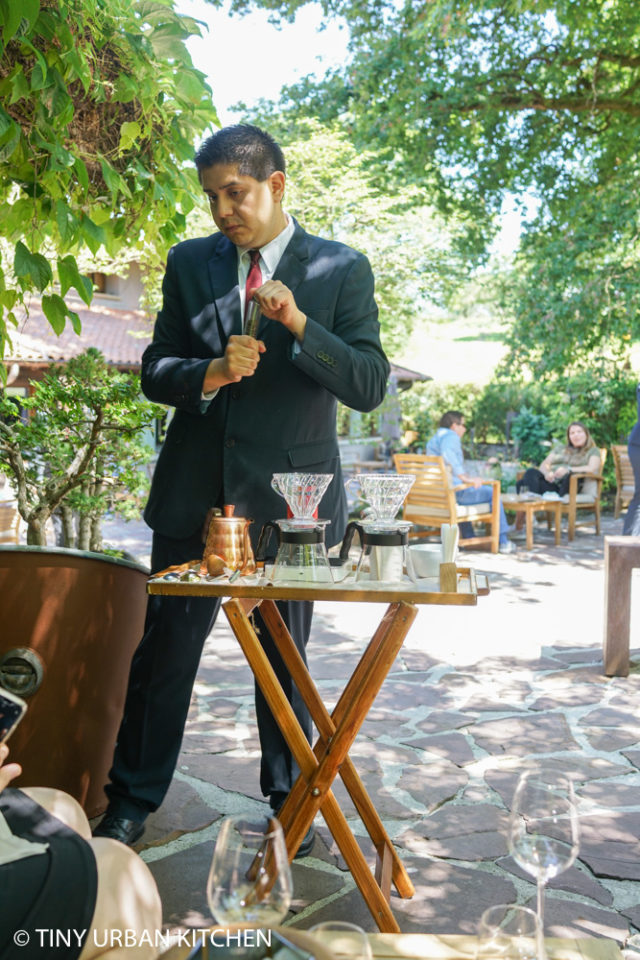
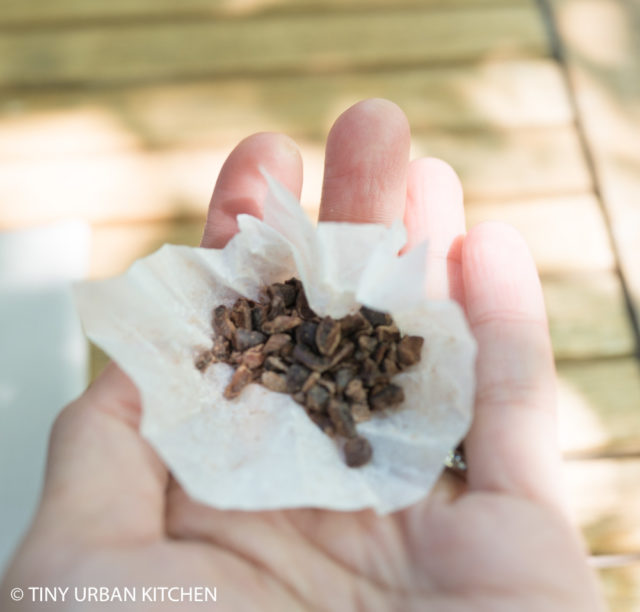
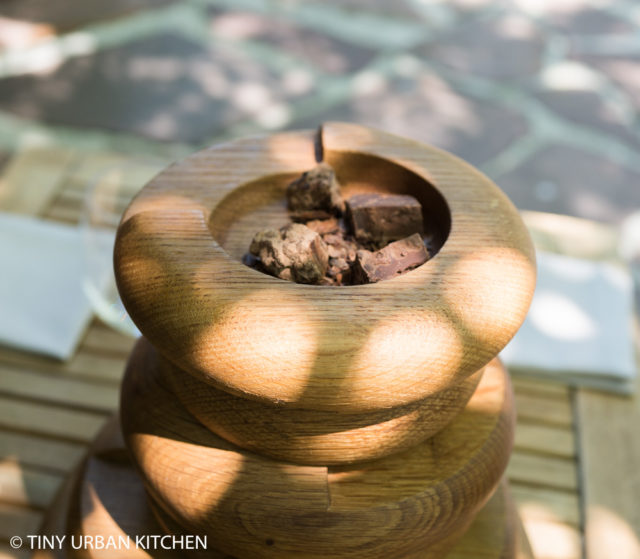
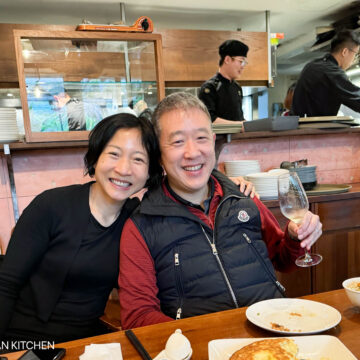
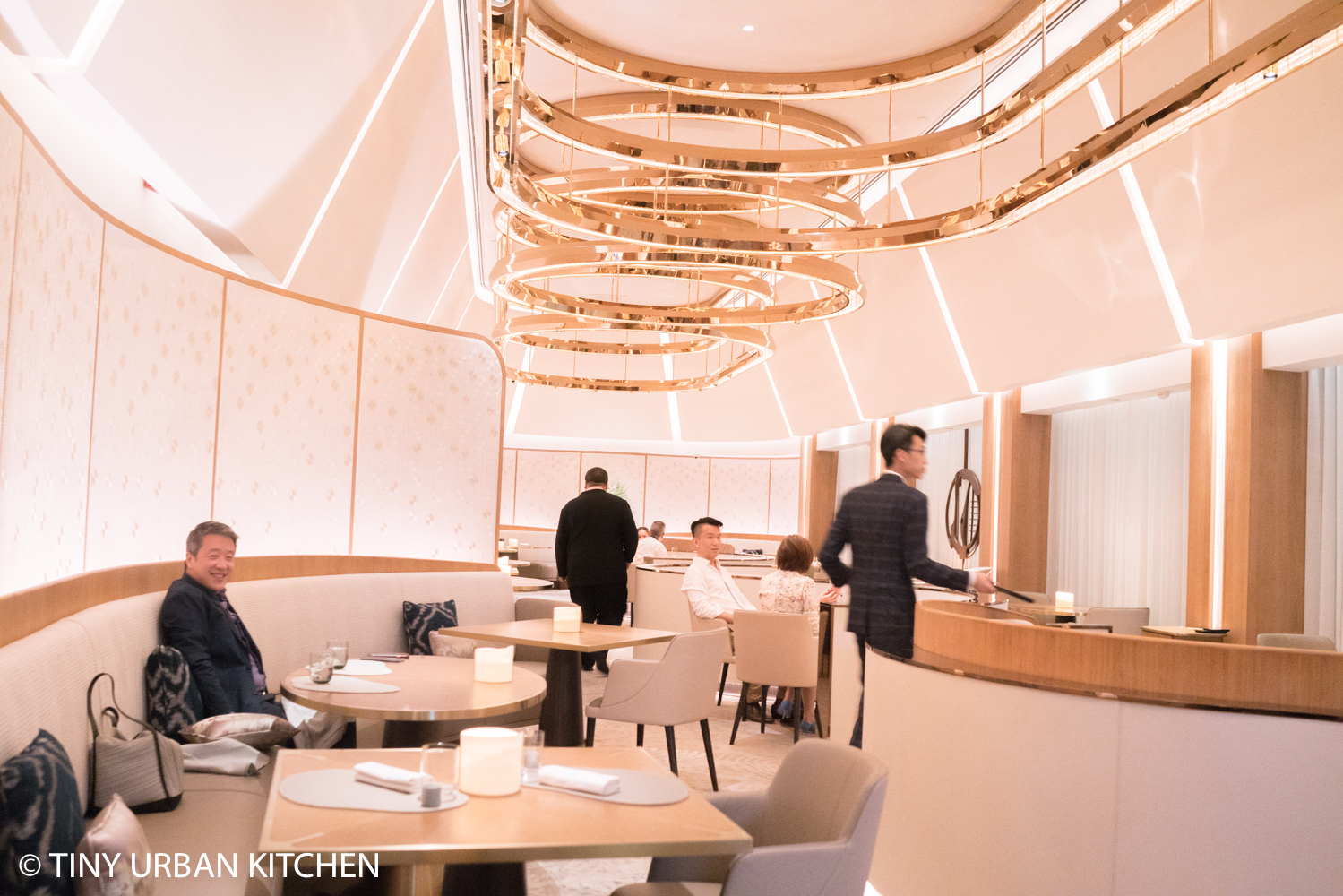
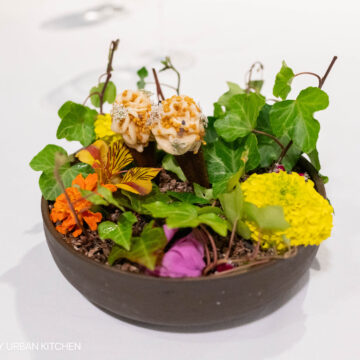
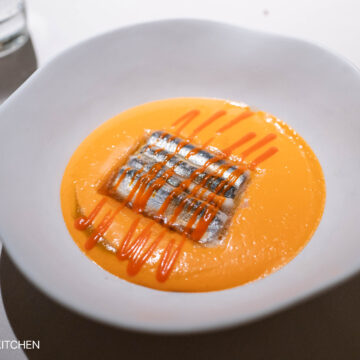
[…] I was so, so stuffed (remember, we had lunch at Mugaritz that day), I still coudn’t help but finish the lemon tart even though I meant to just “have a […]